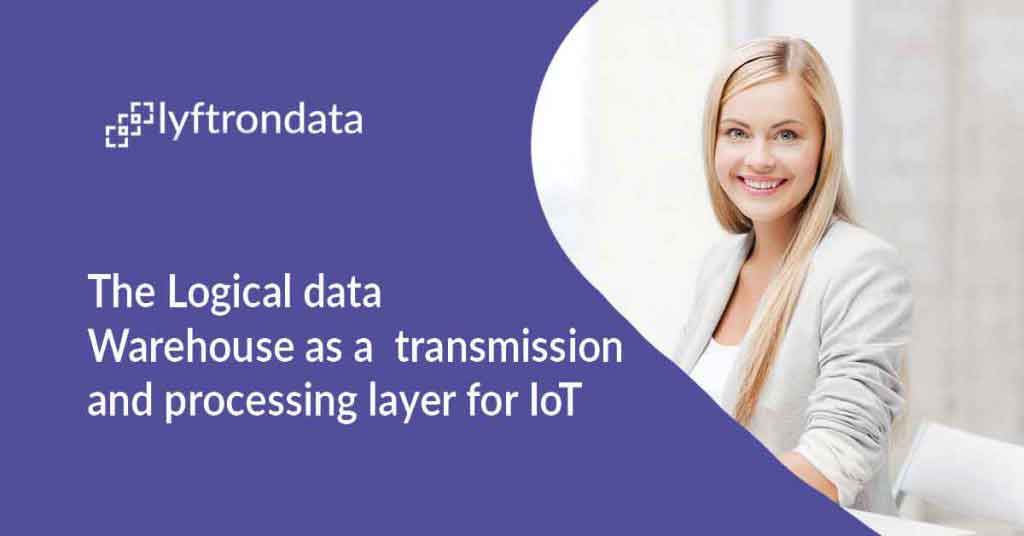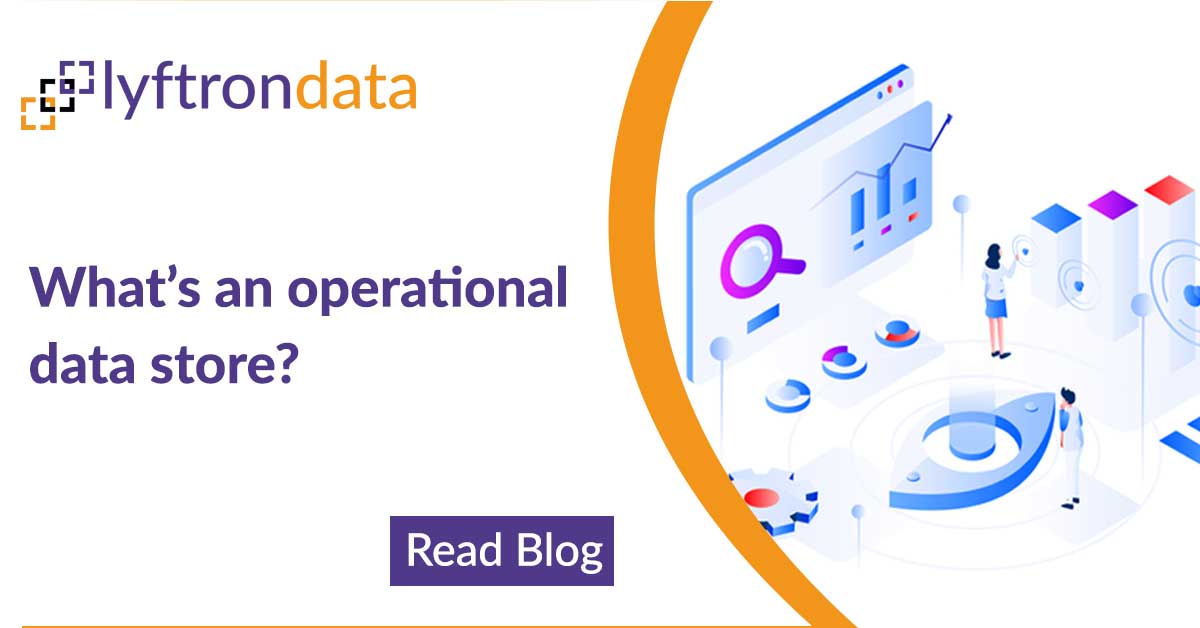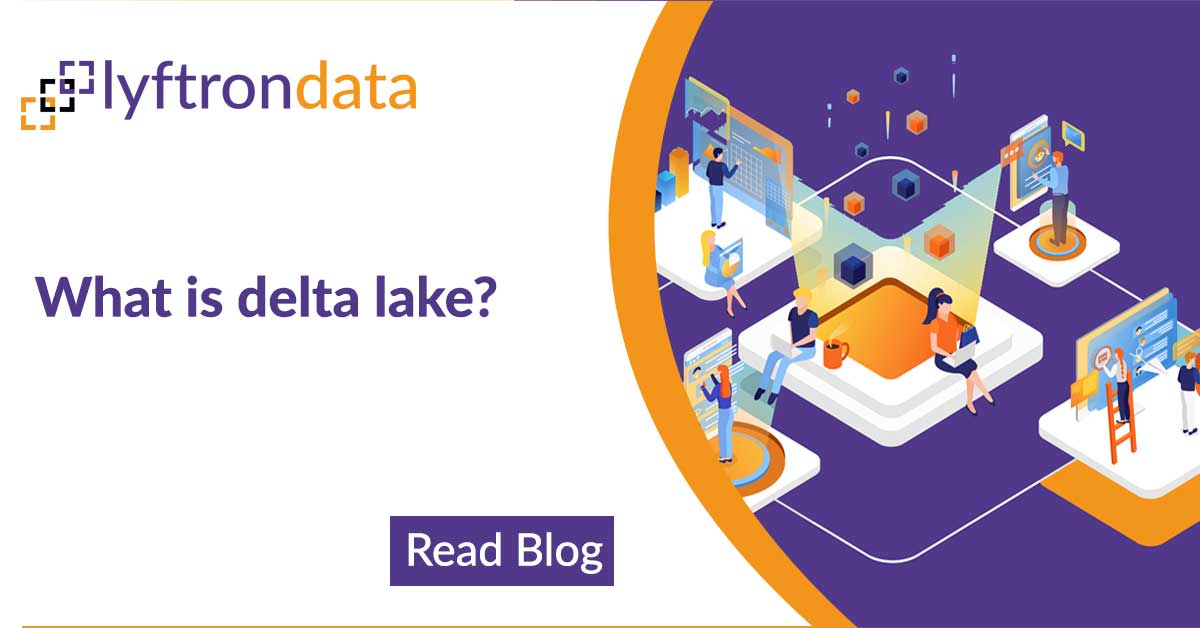Data virtualization with Snowflake and Lyftrondata is becoming the new trend. Read our blog to know why.
By combining Lyftrondata Data Virtualization engine with Snowflake’s robust framework, users are empowered to integrate data from disparate sources, provide greater flexibility in data access, limit data silos, and automate query execution for faster time-to-insight. Data Virtualization for Snowflake with a Powerful Combination of Lyftrondata allows you to transform data on the industry’s leading cloud data warehouse with complement processes like data preparation, data quality management, and data integration.
With Lyftrondata’s ultimate data virtualization architecture, Snowflake users could perform data replication and federation in a real-time format, allowing for greater speed, agility, and response time. Lyftrondata enables effective data mining, predictive analytics, machine learning, and artificial intelligence. With Lyftrondata, encapsulate critical information from the outside world and ensure users cannot change the data intentionally. It is faster and cheaper to maintain data than it is to replicate and spend resources transforming it into different formats and locations making Lyftrondata a cost-effective option.
This blog further explains the advantages of using Lyftrondata for data visualization on Snowflake.
For operational effectiveness, a profoundly virtualized model diminishes time to change raw data to report-prepared information because information isn’t being moved during this handling.
While implementing data virtualization in Snowflake, you may not necessarily obtain resiliency if you use views to virtualize data as it moves between different zones.
-
You can recover physical objects up to a point before an error with Snowflake’s Time Travel. Lyftrondata’s virtualization helps in eliminating the error and resuming the process from exactly where it was hampered.
-
Extensive data virtualization also impacts Snowflake’s Zero Copy Cloning. This allows users to clone the metadata of schemas, tables or the whole database and copy it. If it is not possible for an individual clone to be copied, a schema or a database can be cloned that contains views if the underlying tables that provided the data for those specific views were cloned.
Data Virtualization with Lyftrondata a game changer and revenue generator
-
Snowflake stores data in its proprietary structure known as a micro-partition. Snowflake’s ability to deliver query performance is determined by Partition Pruning. This actually depends on the statistics Snowflake gathers while storing information physically.
-
Snowflake additionally utilizes these insights to figure out which micro-partitions actually participate in the query profile and which micro-partitions can be excluded on the basis of query predicates. Without any stats on physical data, the optimizer should estimate and evaluate the metrics on based on the available data points to expertly perform operations in views. As the views are nested, these estimations are gradually based less on physical data and more on the estimated stats that might not be as accurate as the statistics obtained from physical data.
-
Snowflake does not use indexes; hence, performance tuning is achieved by data clustering, materialized views and search optimization.
-
Data Clustering
Snowflake stores micro-partitions in a specific order based on the anticipated query predicates. The arrangement of data in clusters is uniquely designed to help satisfy the query faster by allowing the optimizer to scan fewer partitions.
-
Materialized Views
This functionality of Snowflake allows data to be physicalized for purposes like specifying a different clustering strategy of pre-aggregation of computed vibes. When used with external tables, materialized views specified to data virtualization also create a virtual relational structure over files residing in the cloud storage and not in the micro-partitions. This helps pre-aggregate data from raw files or in restricting the data elements that are relevant to the overall data landscape.
-
Search Optimization
To improve performance on point lookups, Snowflake Search optimization creates access paths to data. This allows the optimizer to make more and better granular selections for high cardinality columns. However, search optimization on Snowflake is only enabled on tables.
-
Temporary tables
Even when used in a highly virtualized model, temporary tables allow materialization of data for only a short time. These tables are designed to persist only for a specific time duration and can be implicitly dropped when the Snowflake session is terminated.
-
Transient tables
Though these tables have properties of a permanent table, they lack recovery resilience and full data protection as they have no fail-safe protection and have limited time-travel protection.
-
To avoid degradation of query performance due to spilling, Snowflake recommends that users modify the query predicates to increase partition pruning. This helps reduce the amount of data processed to minimize or eliminate spilling to storage.
-
You can also increase the size of the warehouse to process the query. Essentially, every query incurs the cost of transformation processing within a highly virtualized model each time a view is referenced. This is negligible in cases where views are used sparingly, but the cost increases for substantially nested scenarios.
Data Virtualization for Snowflake with a Powerful Combination of Lyftrondata
Data Virtualization when combined with Lyftrondata serves the advantage of streamlined data access of virtualization along with scalability, speed, and flexibility of Snowflake. Snowflake can also be used as a source for cached views. Data virtualization might otherwise seem superfluous when used with Snowflake, but if you consider the whole data architecture responsible for data storage, processing, and analytics, you will clearly understand how well the Lyftrondata data virtualization platform and Snowflake augment each other to enable a flexible, scalable data architecture.
One interface for all the data simplifies analytics and dashboard, reports making. Lyftrondata Data Virtualization helps in making a heterogeneous set of data sources and enables them to look like one logical database, out of which one of the data sources can be Snowflake.
Lyftrondata Data virtualization can also access data from various sources, including many file formats, service busses, SQL databases, spreadsheets, and applications. This refined technology was essentially developed to address the inherent heterogeneity of all the current data processing systems.
Stakeholders can centrally manage security across disparate sources. Lyftrondata Data virtualization eliminates the need of having to define different security specifications for various data sources with varied specification languages. Lyftrondata helps handle all security specifications in one uniform way.
Moreover, Data Virtualization defines all integrations, aggregations, filtering, and transformation specifications using views. Lyftrondata Data Virtualization delivers database server independency and hides the SQL dialect of the data source in use. All the data that is stored in Snowflake can be accessed through SQL. Consumers can deploy other APIs or languages depending on the requirements of the data customer.
Views that join multiple sources are processed more efficiently with Lyftrondata data virtualization. The efficient query optimizer runs distributed joins. It also allows metadata definition. Views and their associated columns can be defined, described, and tagged. Business users and professional IT developers can search this metadata. One can also learn which views are dependent on which sources.
Also, lineage can be leveraged to know what type of operations have been applied over time to the particular data and also trace the source of the data used. Thus, you can also determine the impact on other views when the definition of a view is modified. This can be done through impact analysis and helps in understanding the impact of changes beforehand.
Conclusion
Lyftrondata data virtualization platform empowers Snowflake users to integrate data from disparate sources, provides greater flexibility in data access, limits data silos, and automates query execution for faster time-to-insight.
Book a demo to explore how Lyftrondata’s ultimate data virtualization architecture combined with Snowflake’s scalability, could help you drive a single source of truth from your data.
Let’s get personal: See Lyftrondata on your data in a live Demo
Schedule a free, no-strings-attached demo to discover how Lyftrondata can radically simplify data lake ETL in your organization.














